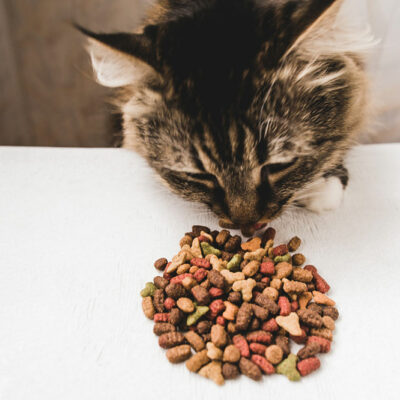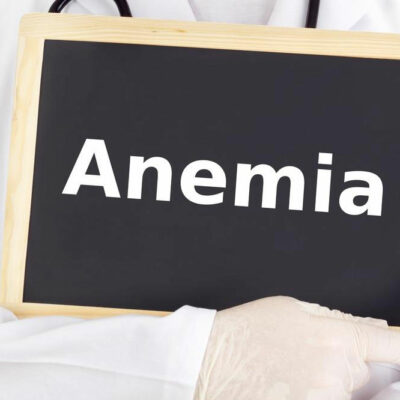
Pets
Tips to ensure Relaxing & Pet-Friendly Hotel Stay
If you’re a pet parent and love to take your pet along when traveling, here are tips for pet-friendly hotel travel that you will find useful on your next vacation. While an increasing number of hotels are becoming pet-friendly, you need to follow certain etiquettes when you book accommodation with your pet. Follow these tips to ensure a relaxing hotel stay for both you and your pet: Look for pet-friendly hotels You can find pet-friendly hotels by asking for references from your friends or family who have traveled with pets, or you can look up a travel guide that lists pet-friendly hotels at your destination. You can also search online for pet-friendly hotels, but ensure that you double-check the hotel’s latest pet policies directly from them. Call them over the phone, speak to someone in a position of authority, and check the regulations you’ll need to follow when on the property. Get the latest details Find hotels that are happy to accommodate your pet family along with you. Another tip for pet-friendly hotel travel is to gather the following details about the hotel you choose: How many pets can you bring along? Are there any restrictions on the species or breed of pet allowed?
Read More 














